carbon dioxide
Latest
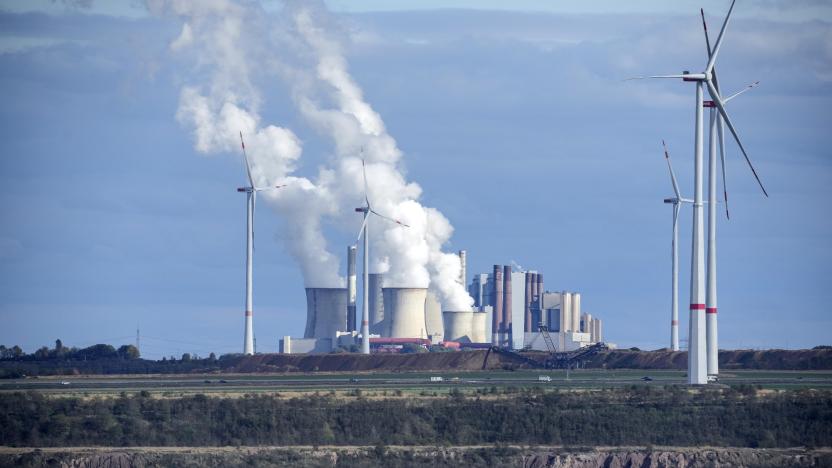
Only 57 companies produced 80 percent of global carbon dioxide
A new report found that just 57 companies produced 80 percent of carbon dioxide emissions worldwide between 2016 and 2022.

Scientists develop 'nanosphere' paint that could reduce planes' carbon dioxide emissions
A new paint using nanosphere-based ink could weigh just 10 percent that of traditional options. It could have financial and environmental benefits.

James Webb Space Telescope detects carbon dioxide in a distant planet's atmosphere
It's the first evidence of the gas on a planet outside of our solar system.

High Hopes plans to extract atmospheric CO2 with hot air balloons
Freezing CO2 is easier just below the stratosphere.

Adidas and Allbirds team up to make environmentally friendly shoes
Adidas and Allbirds hope to create a high performance sneaker with the lowest carbon footprint to date.
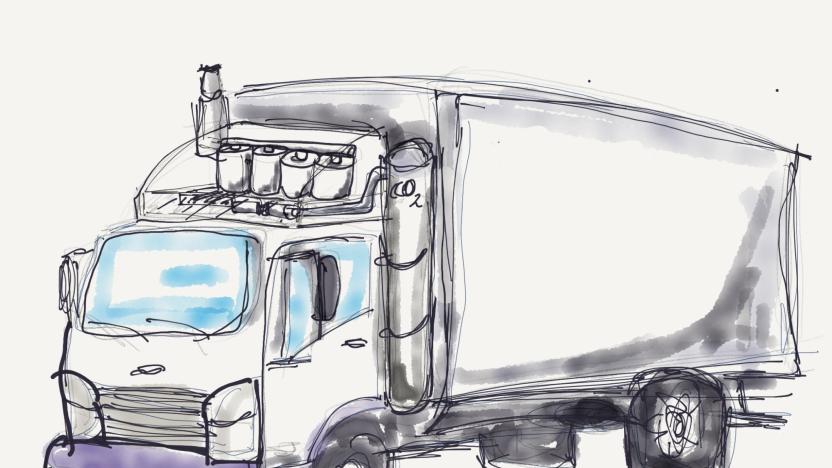
Proposed CO2 capture system could reduce truck emissions by 90 percent
A significant chunk of carbon dioxide emissions come from the transportation sector, and within Europe nearly 40 percent of transport emissions come from trucks. Now, researchers at the Swiss Federal Institute of Lausanne (EPFL) have come up with a new concept for capturing carbon dioxide from truck exhausts which could reduce emissions by up to 90 percent.
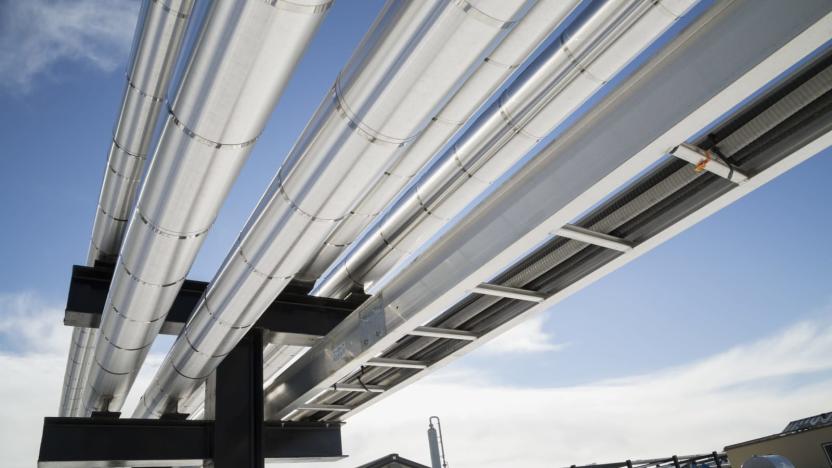
EPA will roll back rules on methane emissions
Today, the Environmental Protection Agency (EPA) is expected to announce plans to roll back regulations on methane emissions, a major contributor to climate change. The Trump Administration is seeking to do away with Obama-era requirements, which mandated that the oil and gas industry install technology to monitor and limit natural gas leaks from infrastructure like wells, tanks and pipelines, The Wall Street Journal reports. The change could also block proposed rules that would have required the EPA to set emissions regulations on thousands of pre-existing wells and industry sites.
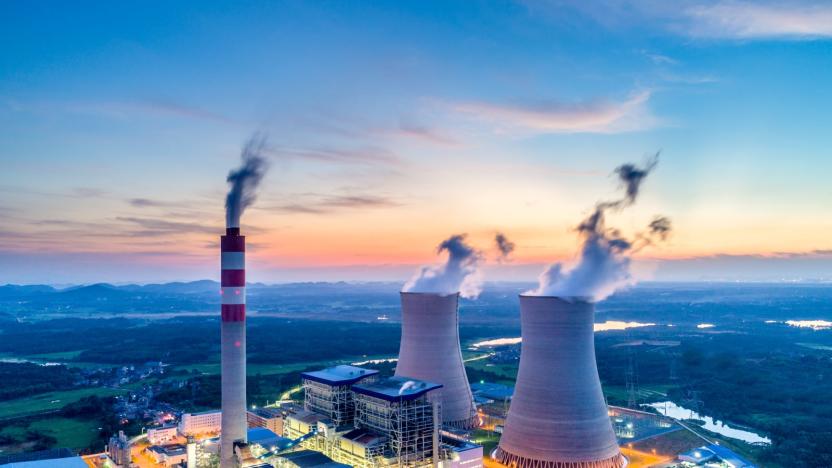
Current CO2 emissions will heat up the Earth by more than 1.5˚C
Even if we stop building power plants, factories, vehicles and home appliances immediately, we're on track to increase the global temperature by more than 1.5˚C -- the goal limit proposed by the Paris Agreement. Those existing, CO2-spewing offenders will generate an estimated 660 billion metric tons of greenhouse gases, and it will only take 580 billion tons to tip us past 1.5˚C. It gets worse. If we continue to operate existing power plants for their useful lives and we build the new facilities already planned, they'll emit two thirds of the carbon dioxide necessary to boost temperatures by a full 2˚C.
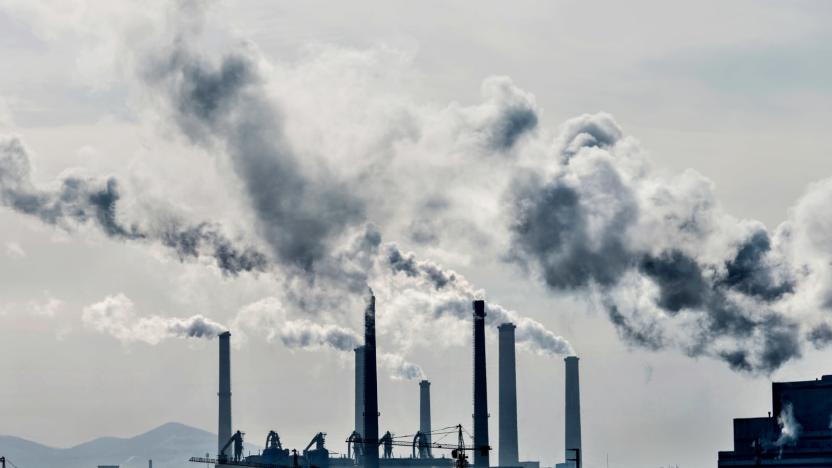
EPA finalizes Trump administration’s coal-friendly climate plan
Today, the EPA finalized the Trump administration's Affordable Clean Energy (ACE) plan, effectively rolling back Obama-era policies to address climate change. The Obama administration's Clean Power Plan (CPP) set national goals for reducing carbon dioxide emissions. States could decide how to meet those goals, but the targets were strict enough that many states were expected to close coal plants. As NPR reports, the Trump administration's approach will be to regulate the emissions of individual power plants in order to help them stay in business longer.

Meal kits might be better for the planet than a trip to the store
It turns out the meal kits you can have delivered to your door by services like Blue Apron, HelloFresh and even Walmart might be more than convenient. They could be better for the environment, too. It's a bit counter intuitive given all the packaging and delivery involved. But a study by the University of Michigan found that the carbon dioxide emissions tied to the average grocery store meal were two kilograms higher than those linked to most pre-packed options.
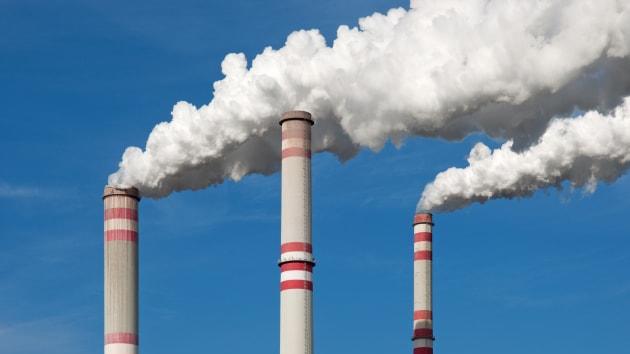
UN study shows atmospheric CO2 increases reach 30 year high
Aside from paying someone to scream "this is a problem" into everyone's faces, there's not much more that the UN can do to tell us that we're heading towards an environmental catastrophe. The United Nations' World Meteorological Organization has found more proof of our forthcoming doom, showing that atmospheric carbon dioxide levels rose faster between 2012-2013 than any other year since 1984. If the rate doesn't slow down, then the levels will reach 400 parts per million in the next two years - a figure well in excess of the 350ppm that most climate scientists believe is "safe."

Netatmo Urban Weather Station tells iOS users when it's safe to brave the great outdoors (video)
We haven't seen weather stations garner the same level of clever mobile integration as other pieces of household gear -- like, say, thermostats. Netatmo wants its newly available Urban Weather Station to inject a similar dose of life into a category that some of us still associate with the thermometer by the window. The aluminum tube design certainly gives a fresh look to the WiFi-linked indoor and outdoor sensors, but the real trick is the matching iOS (and eventually Android) app. It's for more than just gauging the wisdom of biking to work: the free app tracks historical trends and shares them with fellow users in a network that Netatmo hopes will provide a better understanding of wider-scale and longer-term trends. The sensors go beyond just obvious air quality, humidity, pressure and temperature conditions as well, flagging noise levels and warning if the CO2 levels are high enough to warrant airing out the house. The $179 price for the Urban Weather Station isn't trivial, but neither is knowing just how well you can cope with your environment.

Panasonic Photosynthesis System converts carbon dioxide to organic material with plant-like efficiency
Greenery may fulfill a superficial need to improve the landscape aesthetic, but plants play a much more critical role in regular life function, converting carbon dioxide to oxygen through a process called photosynthesis. Panasonic is among the companies attempting to replicate this natural procedure through artificial means, and it looks like the Japanese electronics maker is well on its way towards a viable solution. Presenting at the International Conference on the Conversion and Storage of Solar Energy this week, Panasonic announced the development of an Artificial Photosynthesis System, which uses a nitride semiconductor to convert water and carbon dioxide -- a byproduct of factories and power plants -- into an organic material called formic acid, which is used in the manufacturing of dyes and fragrances. Covering the planet in formic acid wouldn't necessarily represent progress, but assuming demand isn't exceeded, it certainly beats CO2. Best yet, Panasonic claims that the system converts the substances at plant-like efficiency rates, or 0.2 percent. Hit up the PR after the break for a more granular look at the company's creation.

Microbial fuel cell produces hydrogen from wastewater without wasting energy
Back in 2005, Bruce Logan and his team of Penn State researchers developed a microbial fuel cell capable of converting poop into power. Now, Logan has refined his system to the point where it can produce hydrogen from wastewater or biodegradable organic materials without using a drop of grid electricity, and without emitting even a hint of carbon dioxide. His approach, outlined in the September 19th issue of the Proceedings of the National Academy of Sciences, involves something known as reverse-electrodialysis (RED) -- a process that harvests energy from the ionic discrepancy between fresh and salt water. Logan's bacterial hydrolysis cell (pictured left) features a so-called RED stack that's comprised of alternating positive and negative ion exchange membranes, which it uses to split water molecules into hydrogen and oxygen. Normally, this process would involve about 25 pairs of membranes, but by using RED technology in conjunction with electricity-producing exoelectrogenic bacteria, Penn State's team was able to extract hydrogen with just five membrane pairs. All told, Logan's cells proved to be about 58 to 64 percent energy efficient, while producing between 0.8 to 1.6 cubic meters of hydrogen for every cubic meter of liquid that passed through the system. The researchers' results show that only one percent of that energy was used to pump water through the cells, which are completely carbon neutral, as well. According to Logan, this breakthrough demonstrates that "pure hydrogen gas can efficiently be produced from virtually limitless supplies of seawater and river water and biodegradable organic matter." Somewhere, the US Navy is taking scrupulous notes. Full PR after the break. [Image courtesy of Penn State / Bruce Logan]

Dry ice makes graphene cheaper, greener, and by the (relative) boatload
Dry ice isn't just great for keeping steaks cold and filling your bathtub with fog, it may also play a major role in producing the miracle metal material graphene. Researchers at Northern Illinois University have discovered that burning magnesium in frozen carbon dioxide produces a thin layer of the hyped-to-the-lattices carbon nanostructure. The so-called dry-ice method has several advantages over previous techniques, not the least of which is the ability to pump out the relative of pencil lead on a much larger scale. It also happens to be faster, cheaper, and more environmentally friendly compared with the lengthy processes involving hazardous chemicals used in most graphene production. It's pretty great news but, honestly, all we want to know is when the stuff is going to start powering super-fast internet connections -- that complete Flying Circus collection isn't going to download itself.

Inhabitat's Week in Green: solar robots that fly, CO2 fabric dye, and the dark silicon that boosts battery life
Each week our friends at Inhabitat recap the week's most interesting green developments and clean tech news for us -- it's the Week in Green. Solar power blazed a trail this week as we took a look at several hot new technologies, starting with SkyFuel's SkyTrough, which is being billed as the world's most efficient solar collector. We also saw solar energy take to the skies as designers unveiled plans for a fleet of high-flying solar robots, and we were surprised to learn that common household dyes could significantly increase the efficiency of photovoltaic panels by optimizing their color absorption spectrum. Speaking of dye, from the realm of wearable tech we also brought you a breakthrough new technique for dying fabric that saves water by utilizing fluid CO2. We also saw a prototype for a wired "safe cuddling" suit for kids that wards off improper touching by sounding an alarm, and if you're a fan of high-tech footwear, check out these tricked-out kicks that do double duty as Wii controllers. This week also saw a tremendous green boost for bits and bytes as the University of Leicester switched on its hyper-efficient ALICE supercomputer, which is ten times more powerful than its predecessor and stands to reduce yearly CO2 emissions by 800 tons. Meanwhile, researchers at UC San Diego revealed work on a new mobile phone chip that harnesses "dark silicon" to boost smartphone battery life by a factor of eleven. We also showcased several efficient autos as Southern California rolled out a fleet of all electric buses that can recharge in 10 minutes flat, and the hyper-miling Avion car embarked on a trip from Canada to Mexico with just 14 gallons of gas. And if you'll be doing some traveling of your own back to school this fall, you wont want to miss this chance to pick up an awesome solar-powered Sakku satchel. Finally, with Labor Day on its way why not upgrade your BBQ with an adorable altoids tin mini grill - it's curiously awesome!

Diffus pollution dress is turned on by CO2, prefers a clean environment
We've seen LED-laced dresses before -- though sometimes we'd rather we hadn't -- but this one here is almost refined enough for us to consider wearing. Stitched together using conductive embroidery, hundreds of LEDs are connected to a CO2 detector and react to its input with anything from a slow pulsating glow to a blinking signal of doom. No mention of Morse code messages, unfortunately, but this is run by an Arduino chip -- which means programming malleability (read: near-limitless possibilities) should be built in. Just know that when you see the next Bond girl communicating with Daniel Craig via her haute tech outfit, we had the idea first. A closeup of the dress and processor awaits after the break.

San Diegans convert carbon dioxide to fuel via solar energy
Being Earth Week and all, it's not too surprising to hear of San Diegans stretching their mental might and figuring out an effective way to convert carbon dioxide to fuel, but according to the University of California, San Diego, that's precisely what they've done. Clifford Kubiak and Aaron Sathrum have reportedly developed a prototype device "that can capture energy from the sun, convert it to electrical energy, and split carbon dioxide into carbon monoxide and oxygen." Interestingly, this concept produces more than just an alternate source of fuel, as CO2 splitting also creates a "useful industrial chemical" in CO, and furthermore, helps reduce a greenhouse gas. Currently, they are building the device using a gallium-phosphide semiconductor, and while the existing rendition still requires "additional energy" outside of sheer sunlight for the process to work, they're hoping that the American Chemical Society will warm up to the idea and give 'em a helping hand.[Via Physorg, thanks Richard N.]










